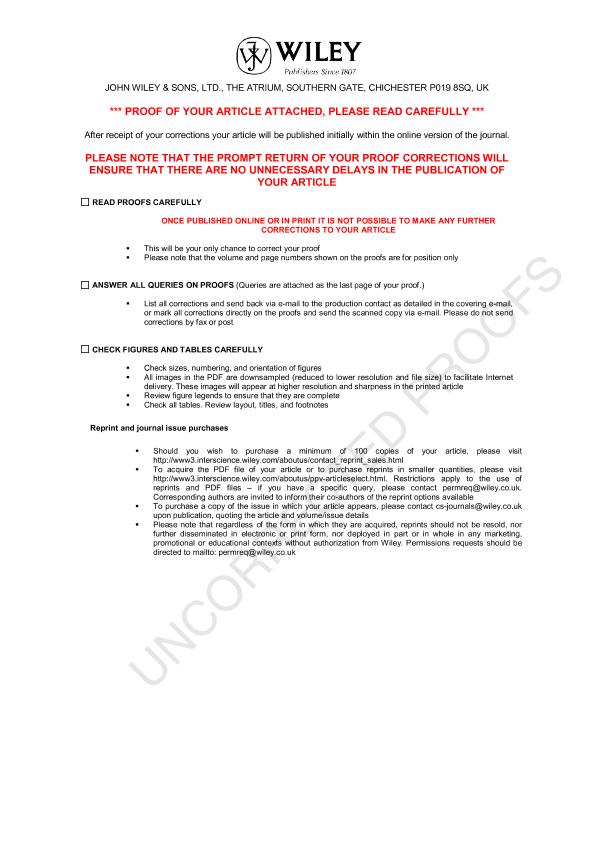Artículo
Functional and phenotypical characteristics of testicular macrophages in experimental autoimmune orchitis
Rival, C.; Theas, Maria Susana ; Suescun, Maria Olga
; Suescun, Maria Olga ; Jacobo, Patricia Verónica
; Jacobo, Patricia Verónica ; Guazzone, Vanesa Anabella
; Guazzone, Vanesa Anabella ; van Rooijen, N.; Lustig, Livia
; van Rooijen, N.; Lustig, Livia
 ; Suescun, Maria Olga
; Suescun, Maria Olga ; Jacobo, Patricia Verónica
; Jacobo, Patricia Verónica ; Guazzone, Vanesa Anabella
; Guazzone, Vanesa Anabella ; van Rooijen, N.; Lustig, Livia
; van Rooijen, N.; Lustig, Livia
Fecha de publicación:
22/01/2008
Editorial:
John Wiley & Sons Ltd
Revista:
Journal of Pathology
ISSN:
0022-3417
e-ISSN:
1096-9896
Idioma:
Inglés
Tipo de recurso:
Artículo publicado
Clasificación temática:
Resumen
Testicular inflammation with compromised fertility can occur despite the fact that the testis is considered an immunoprivileged organ. Testicular macrophages have been described as cells with an immunosuppressor profile, thus contributing to the immunoprivilege of the testis. Experimental autoimmune orchitis (EAO) is a model of organ-specific autoimmunity and testicular inflammation. EAO is characterized by an interstitial inflammatory mononuclear cell infiltration, damage to the seminiferous tubules and germ cell apoptosis. Here we studied the phenotype and functions of testicular macrophages during the development of EAO. By stereological analysis, we detected an increased number of resident (ED2+) and nonresident (ED1+) macrophages in the testicular interstitium of rats with orchitis. We showed that this increase was mainly due to monocyte recruitment. The in vivo administration of liposomes containing clodronate in rats undergoing EAO led to a reduction in the number of testicular macrophages, which correlated with a decreased incidence and severity of the testicular damage and suggests a pathogenic role of macrophages in EAO. By immunohistochemistry and flow cytometry we detected an increased number of testicular macrophages expressing MHC class II, CD80 and CD86 costimulatory molecules in rats with orchitis. Also, testicular macrophages from rats with EAO showed a higher production of IFNγ (ELISA). We conclude that testicular macrophages participate in EAO development, and the ED1+ macrophage subset is the main pathogenic subpopulation. They stimulate the immune response through the production of pro-inflammatory cytokines and antigen presentation and thus activation of T cells in the target organ.
Archivos asociados
Licencia
Identificadores
Colecciones
Articulos(IMBICE)
Articulos de INST.MULTIDISCIPL.DE BIOLOGIA CELULAR (I)
Articulos de INST.MULTIDISCIPL.DE BIOLOGIA CELULAR (I)
Articulos(INBIOMED)
Articulos de INSTITUTO DE INVESTIGACIONES BIOMEDICAS
Articulos de INSTITUTO DE INVESTIGACIONES BIOMEDICAS
Citación
Rival, C.; Theas, Maria Susana; Suescun, Maria Olga; Jacobo, Patricia Verónica; Guazzone, Vanesa Anabella; et al.; Functional and phenotypical characteristics of testicular macrophages in experimental autoimmune orchitis; John Wiley & Sons Ltd; Journal of Pathology; 215; 2; 22-1-2008; 108-117
Compartir
Altmétricas



